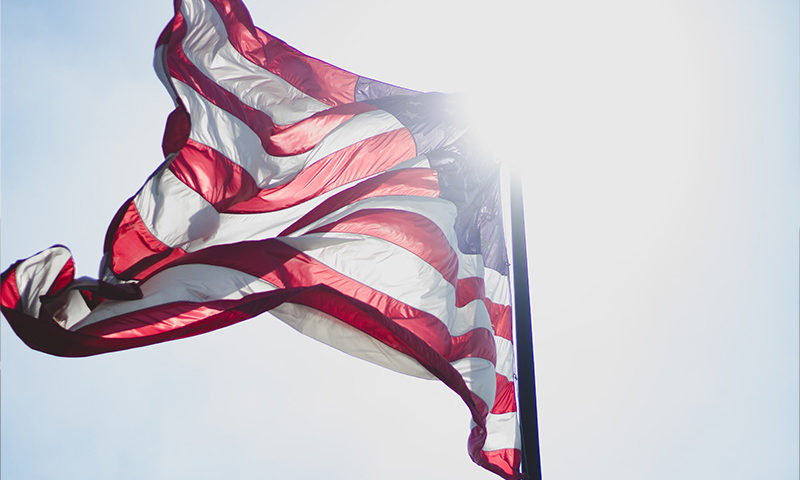Five takeaways:
- This article draws a clear and pivotal distinction between pleasure, which Brooks views as a potentially harmful, short-term salve– and enjoyment, which can be far more productive and fulfilling.
- Brooks notes: “Pleasure happens to you; enjoyment is something that you create through your own effort. Pleasure is the lightheadedness you get from a bit of grain alcohol; enjoyment is the satisfaction of a good wine, properly understood.”
- Enjoyment can give you sense of effort, foreword movement, and accomplishment. Enjoyment is a commitment to engaging with and savoring a situation.
- The examples are everywhere, and as simple as exercise: We enjoy being fit, but exercise itself may not bring us pleasure, as it is strenuous and time-consuming.
- Pursuing enjoyment over pleasure makes you intentionally independent from base impulses and pushes you towards more insight and personal growth.
From Arthur C. Brooks at The Atlantic:
Read the whole story.
Note: At the time of this posting The Atlantic offers five free article views per month.
This site may contain links to articles or other information that may be contained on a third-party website. Advisory Services Network, LLC and MAP Strategic Wealth Advisors are not responsible for and do not control, adopt, or endorse any content contained on any third party website. The information and material contained in linked articles is of a general nature and is intended for educational purposes only. Links to articles do not constitute a recommendation or a solicitation or offer of the purchase or sale of securities.




